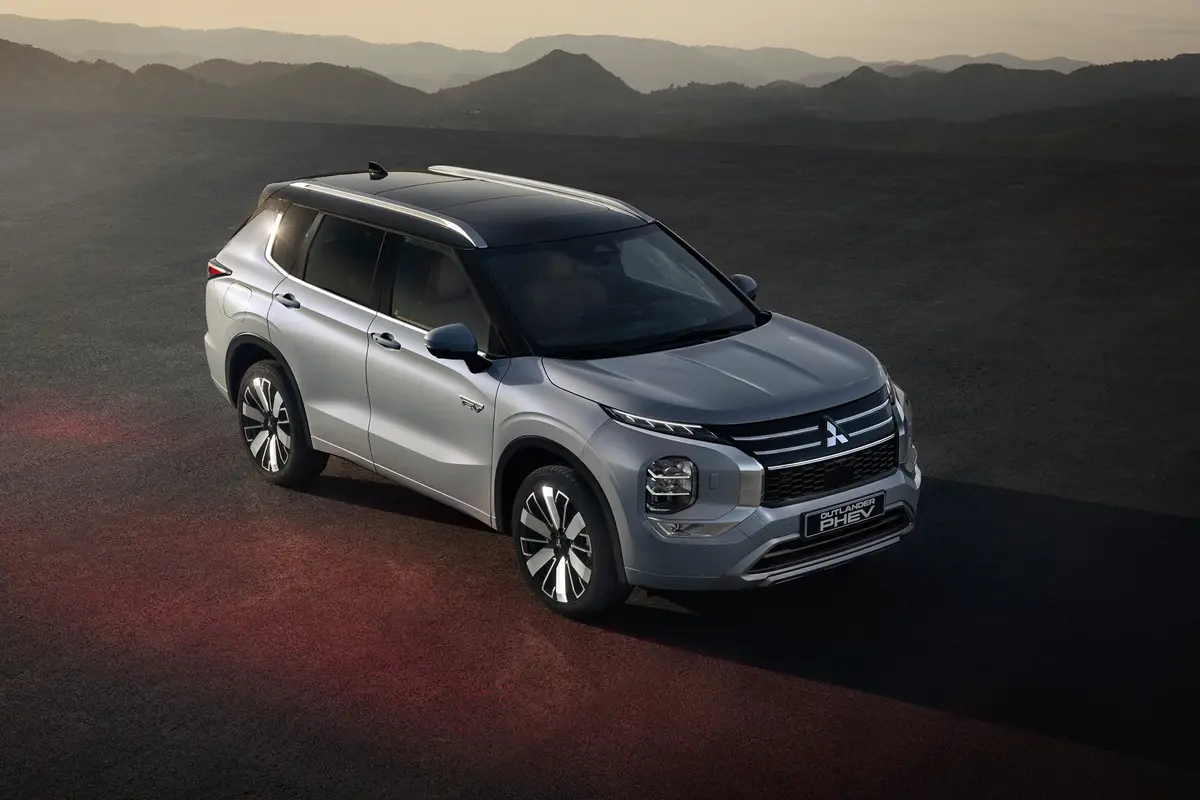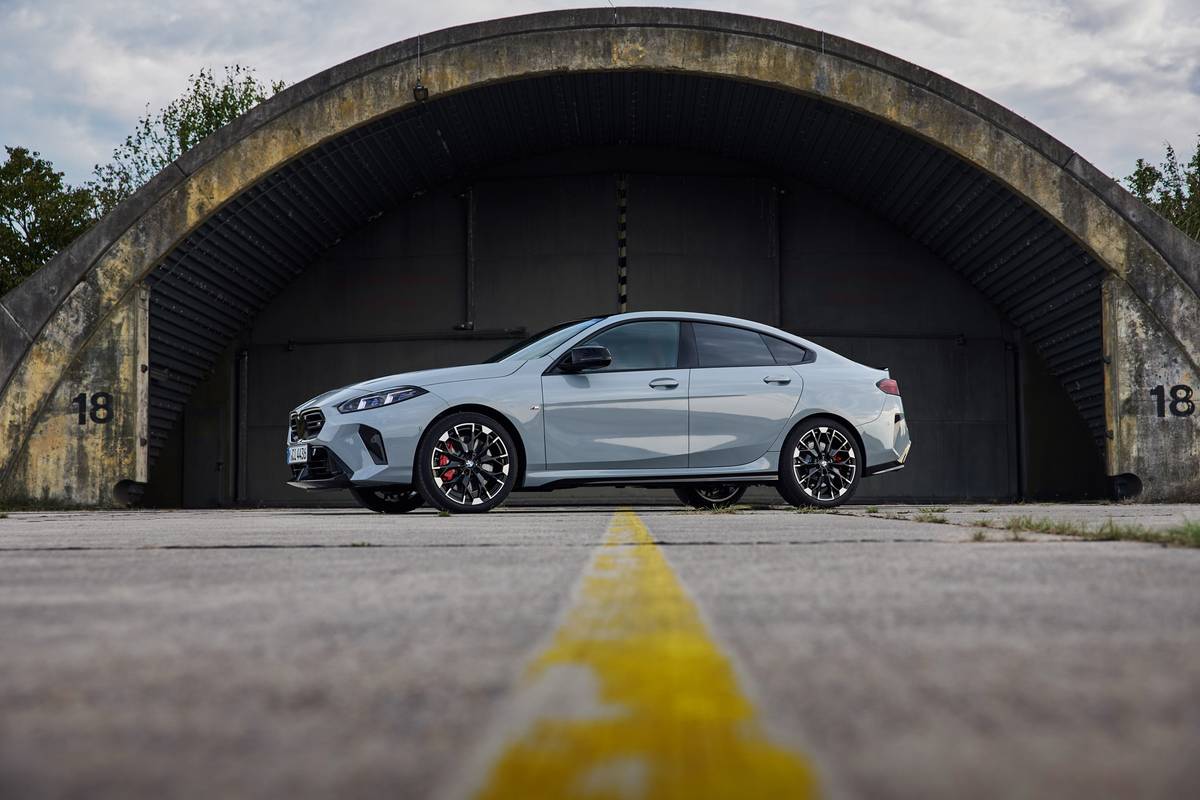The Morning Call and Mcall.com's view
There is small and then there is really small. Falling squarely into this last category is Ford Motor Co.’s new Festiva, at 140 inches overall length one of the smallest cars to be offered in the marketplace.
The very small car has not exactly fallen on hard times but it is not as popular as it had been during the time of the great gasoline price jack-up and the ensuing panic. This was a time when miles-per-gallon replaced the old standard of miles-per-hour. It wasn’t so much that small was in but rather a case of big being out.
Car manufacturers, fortunately, found out how to get more fuel mileage out of all sizes of cars and the very small car was sort of in a holding pattern for a few years. Although the smallest of the small cars still get the highest fuel mileage on the annual EPA Fuel Mileage Estimates, it is no longer a big deal. In fact, it is sort of ho-hum these days.
However the very small car is making sort of a re-emergence into the auto scene with several manufactures offering new models. The reason for this, I believe, is somewhat different than it had been in the past. High miles-per- gallon is still a factor to some, but now it is probably the price. There is no doubt that there is some sort of a need for a less expensive car. And if this is the case, on this concept, Ford certainly does have its corporate foot right in the door.
Although the Festiva bears the traditional Ford oval emblem on the grille, it is not a car that will seen coming off the Dearborn assembly line. Like several other cars offered by American manufacturers, the Festiva has a mixed heritage. It was originally conceived by Ford of Japan and developed in cooperation with Mazda. But the car is not being built in Japan but rather in South Korea by Kia Motors, one of that country’s leading vehicle manufacturers. So, things are not always as they seem. What else is new?
Sometimes small and cute are synonymous. Not so with the Festiva. It is one homely car. Perhaps is not as homely as it is ungainly looking. It almost looks as if it drove through a giant guillotine and almost made it. A rather high and narrow stance doesn’t help things out either.
My first impression of the Festiva was, obviously, not one of enthusiasm. Despite this, or perhaps because of it, I soon began to appreciate its qualities. At the end of the test period it might not have been love but it certainly was a mild infatuation.
The first thing anyone will notice about this car is that the interior is a lot bigger than its basic dimensions indicate. With a wheelbase of 90.2 inches, length, 140.5 inches; width, 63.2 inches; height, 55.3 inches, and curb weight, 1,713 pounds, one would assume that it would be somewhat cramped on the inside. Not so. In fact, it is a roomy four-passenger car. Driver and front passenger have a maximum of 40.6 inches of leg room while rear passengers have a minimu m of 35.7 inches. In addition there’s plenty of head room. With the rear seat in place the trunk can hold 11.7 cubic feet of cargo. When folded, cargo space increases to 26.5 inches.
The interior of the test car, a top-of-the-line LX model, was neatly, though far from lavishly, laid-out. Instruments, controls and symbols are strictly Mazda. In fact, with the exception of the Ford oval on the steering wheel center, everything inside resembled Mazda. A nice extra touch was lots of nook and cranny storage spaces.
Driving the test car proved to be a real hoot though at first the size did concern me. It is no secret that small cars don’t hold up as well as big cars in accidents and very small cars hold up even less. When driving this size car it definitely helps to have an optimistic outlook. But once that’s out of the way, it is a lively car to drive.
One factor helping to make this car so easy to drive is driver visibility. The greenhouse is high and all roof support posts are narrow. Absolutely no blind spot. Also, the short sloping hood seems to drop right into the road. Almost like the front end of a van.
Although Ford makes no pretense of the Festiva being anything other than an economy car, handling will surprise most drivers. The front-wheel drive Festiva is responsive, maneuverable and, given half the chance, a real back road runner. The suspension system features MacPherson struts with coil springs, track control arm and stabilizer bar up front and a torsion beam with coil springs in the rear. The test car had 165/70SR tires mounted on 12-inch wheels. Now you don’t see many cars with 12-inch wheels these days. What is even more surprising then the good handling is the very decent ride.
The Festiva is powered by one of the smallest engines offered. It is a 1.3-liter/80.9-cubic-inch four-cylinder with overhead cam and two-barrel carburetor. It is rated at 58 horsepower at 5,000 rpm and 73 foot pounds torque at 3,500 rpm. This may not appear to be the end of the world as far as power goes, but don’t forget it has only to push 1,700 pounds.
Performance, like handling, is better than one would expect. The engine has no sag and the five-speed manual transmission has a gear for all occasions. I wouldn’t recommend taking it to the drag strip, but it will certainly mix in with the traffic if the rpm is kept up. It does have to be shifted a lot; but at least that gives a driver something to do.
Not surprisingly fuel mileage is very good. However it should be since this is the whole purpose of an economy car. The test car averaged 28 miles per gallon for city driving and 39 mpg over the highway. All on unleaded regular.
Base price of the LX is $6,868. Standard equipment includes the five-speed manual transmission (a four-speed manual is standard on L and L ”Plus” models), intermittent wipers, rear window defroster, tilt steering column, AM/ FM stereo with integral clock, tinted glass, power side mirrors and low- back cloth front bucket seats. Full price on the test car came to $7,923. This included a destination charge of $230 and the car’s two options: air conditioning, $688, and an upgraded cassette radio, $137. Powertrain coverage is six years/60,000 miles and corrosion protection is six years or 100,000 miles.
Latest news



